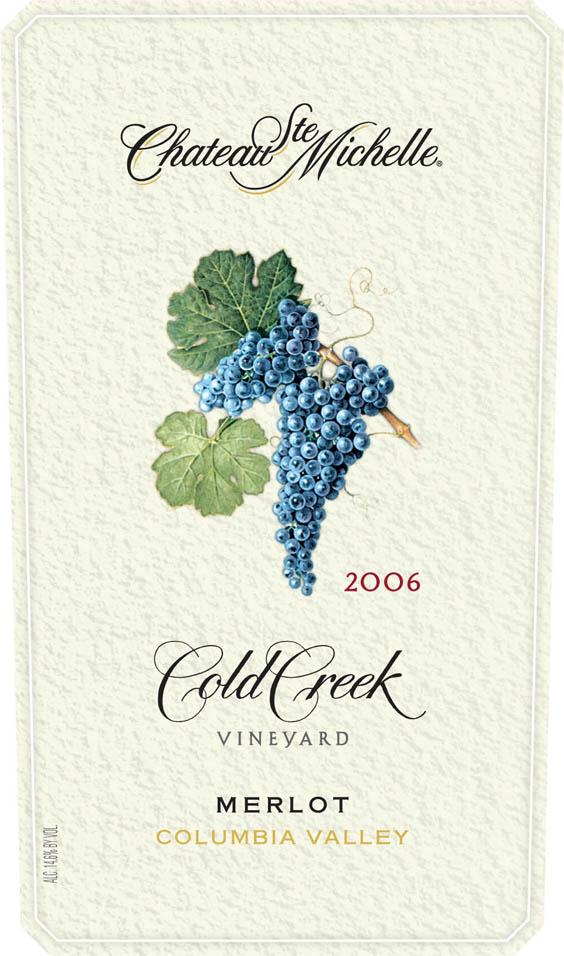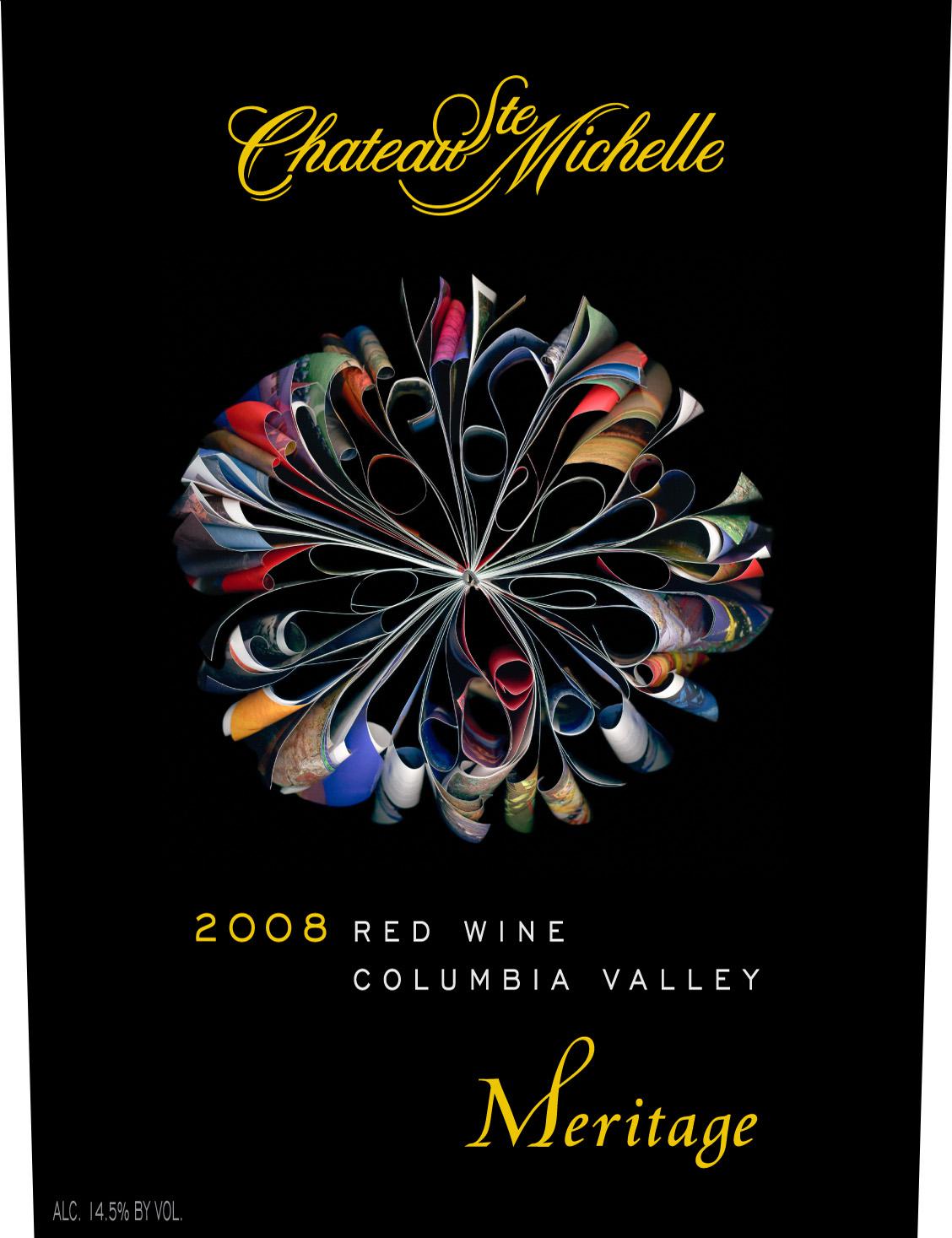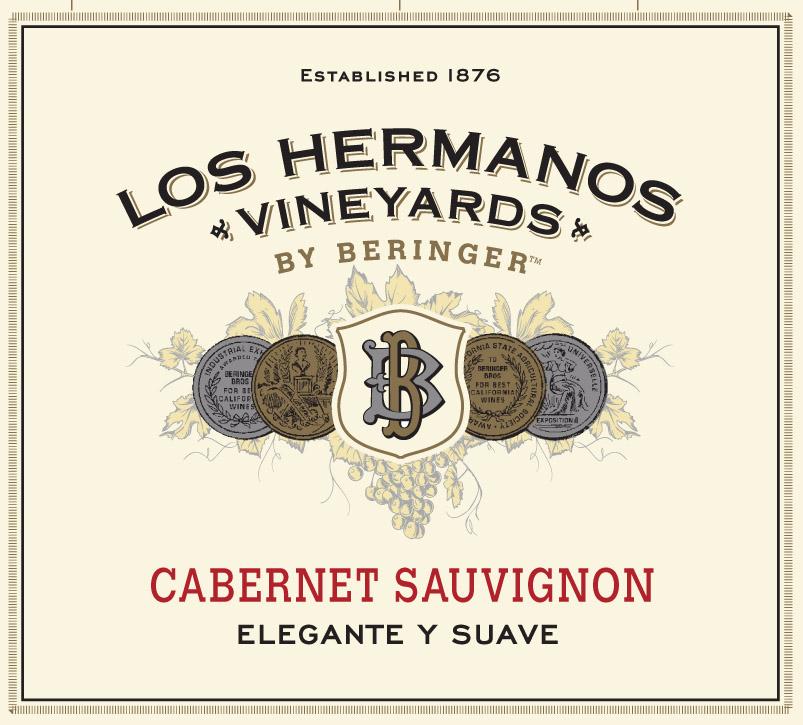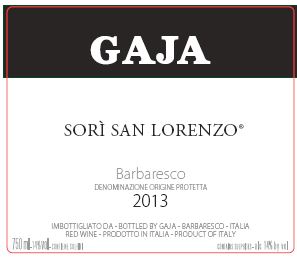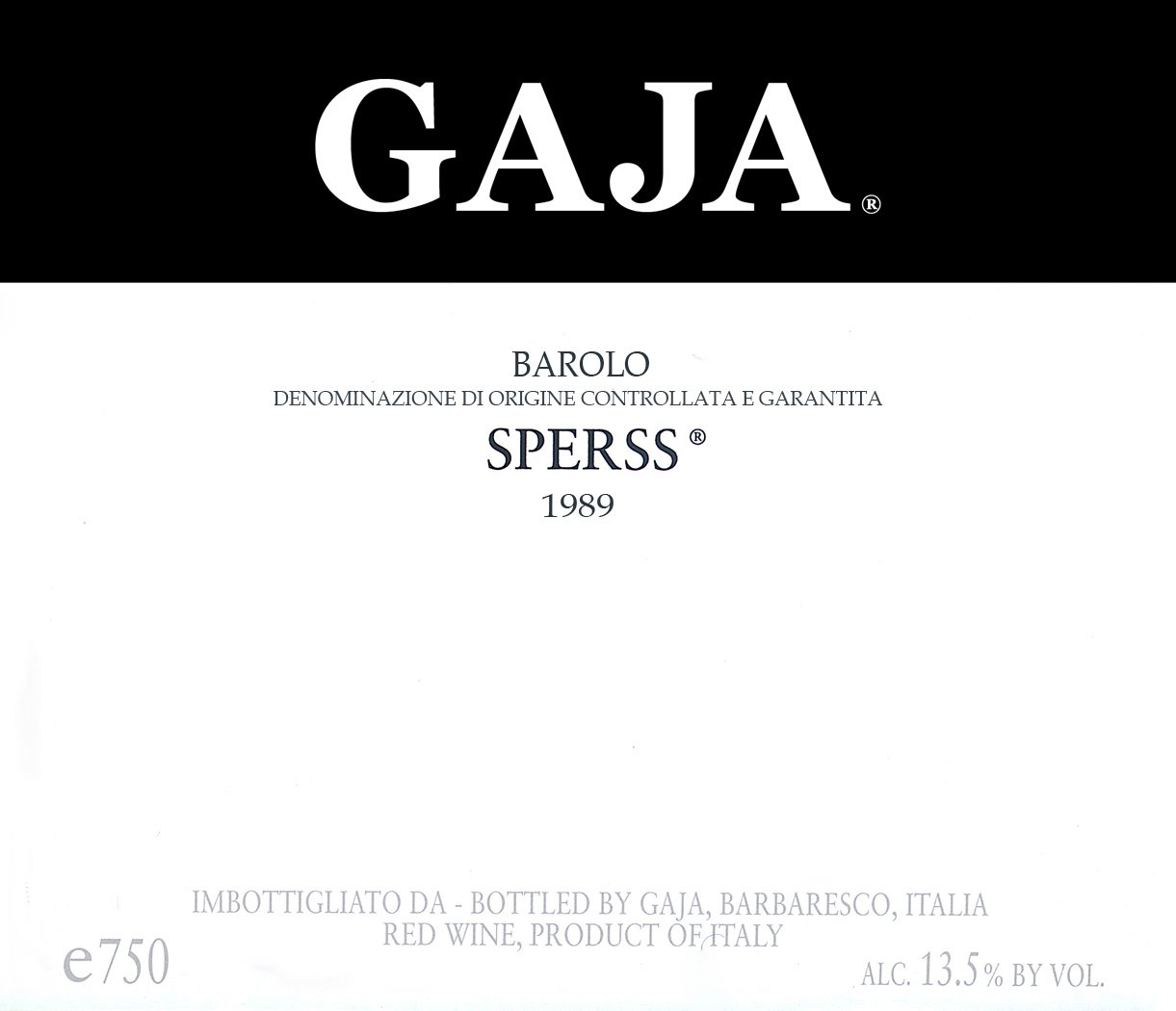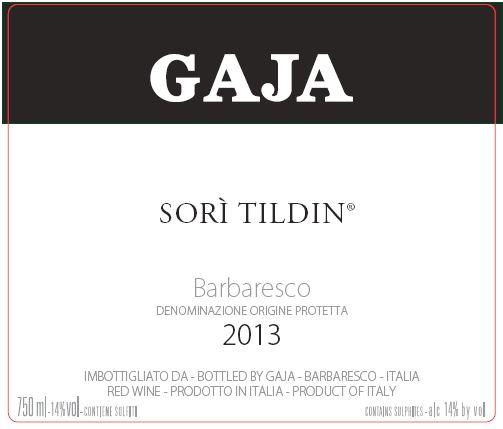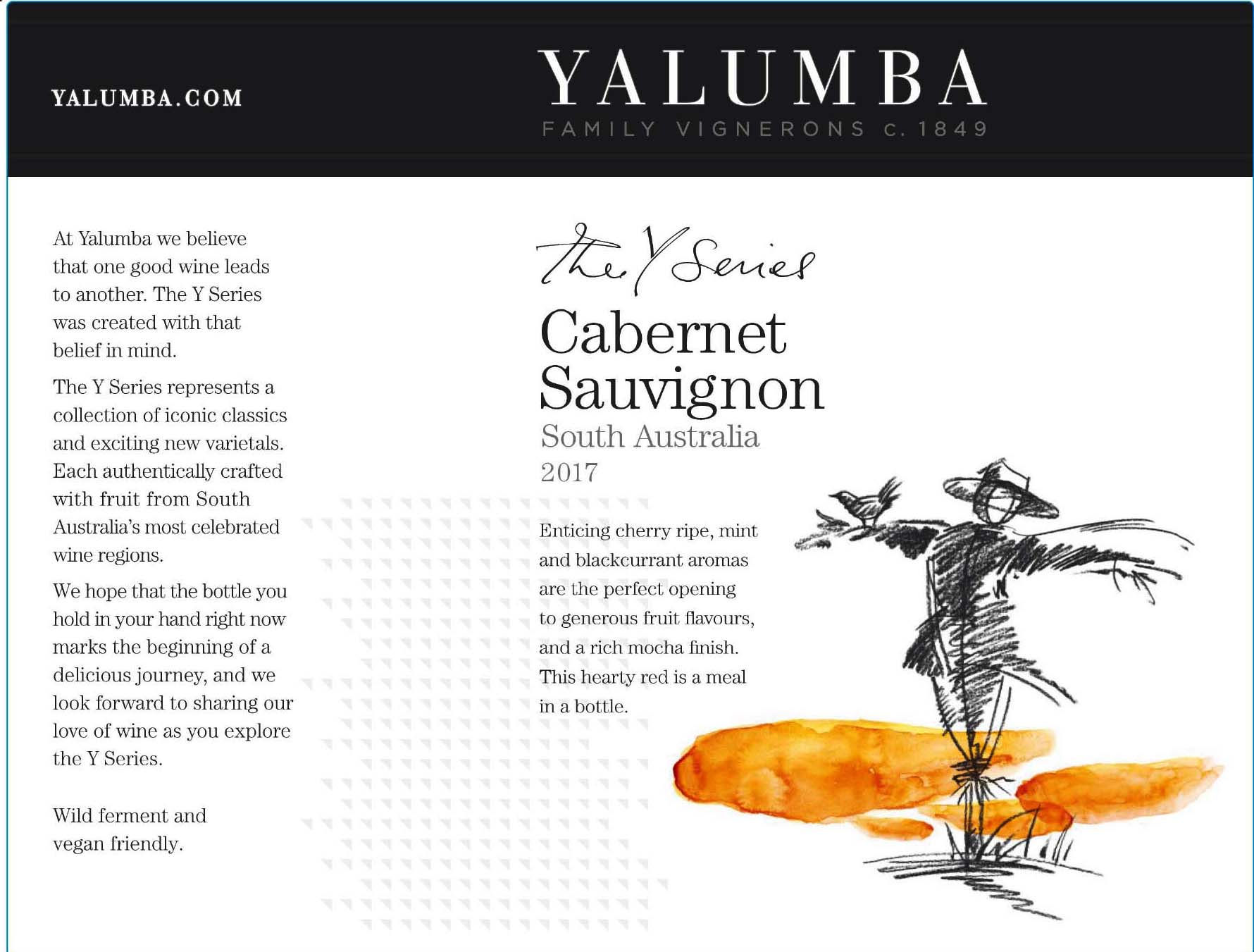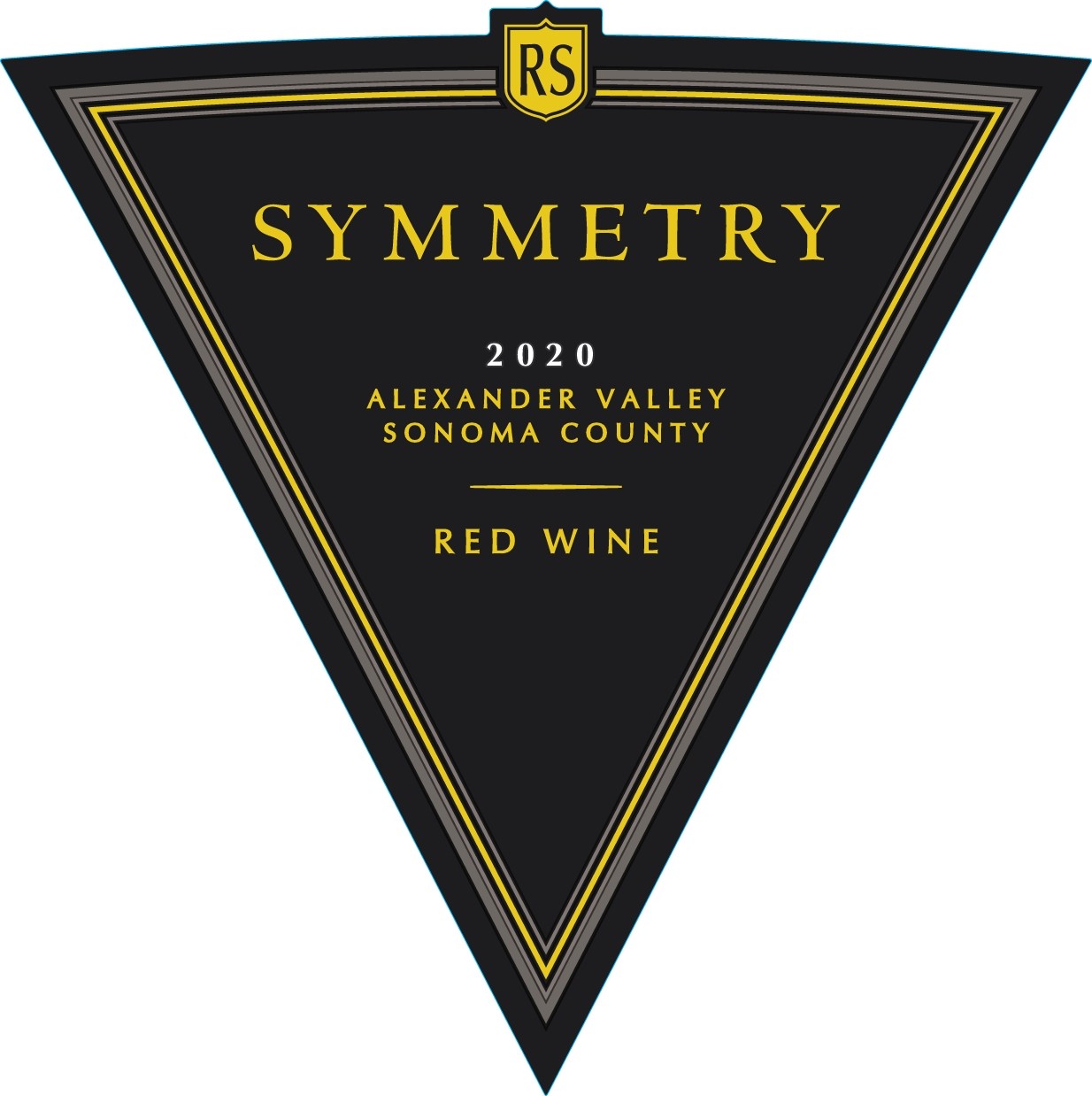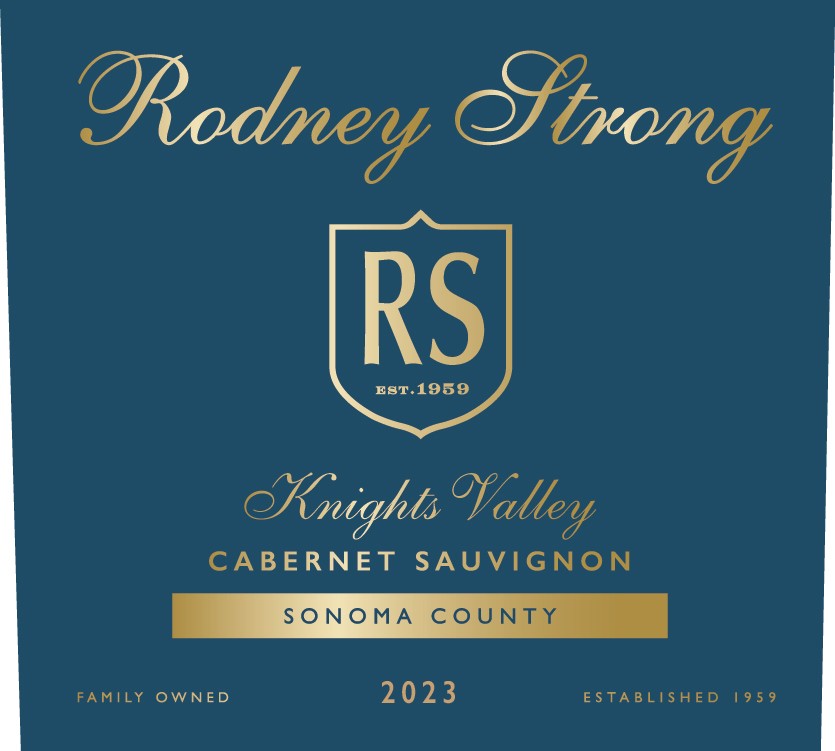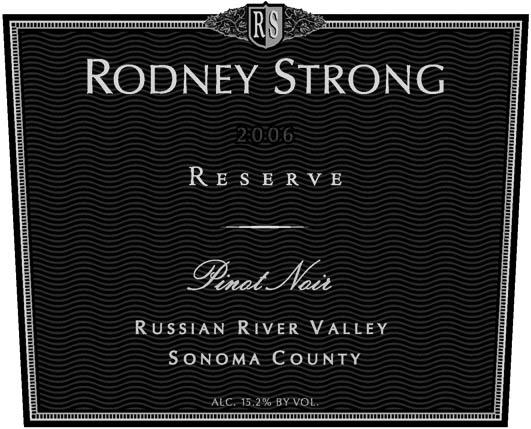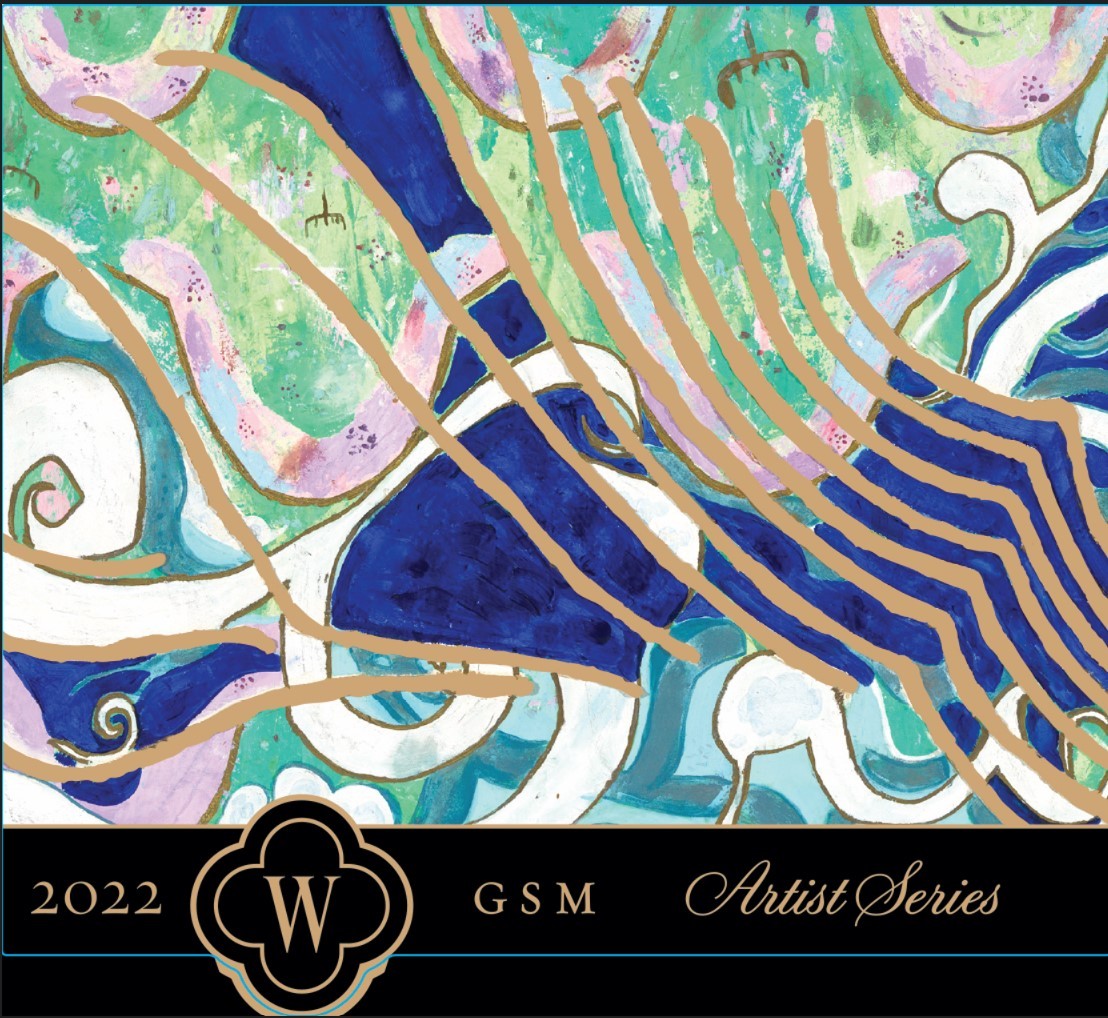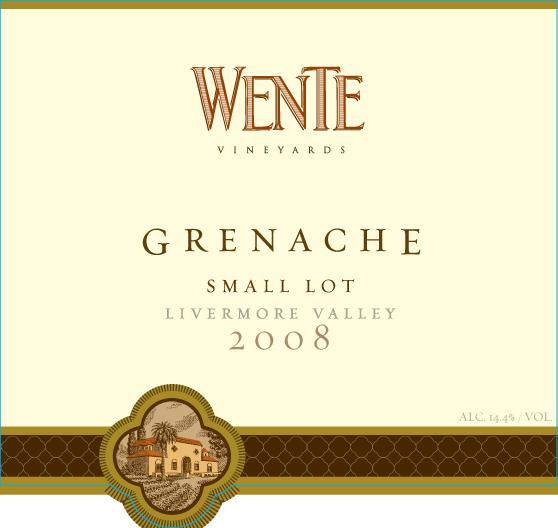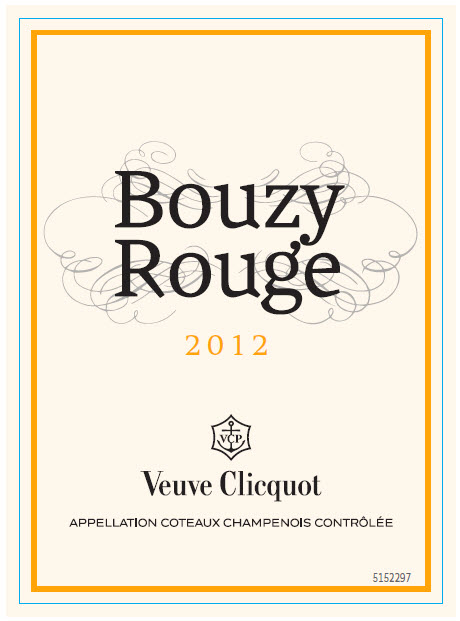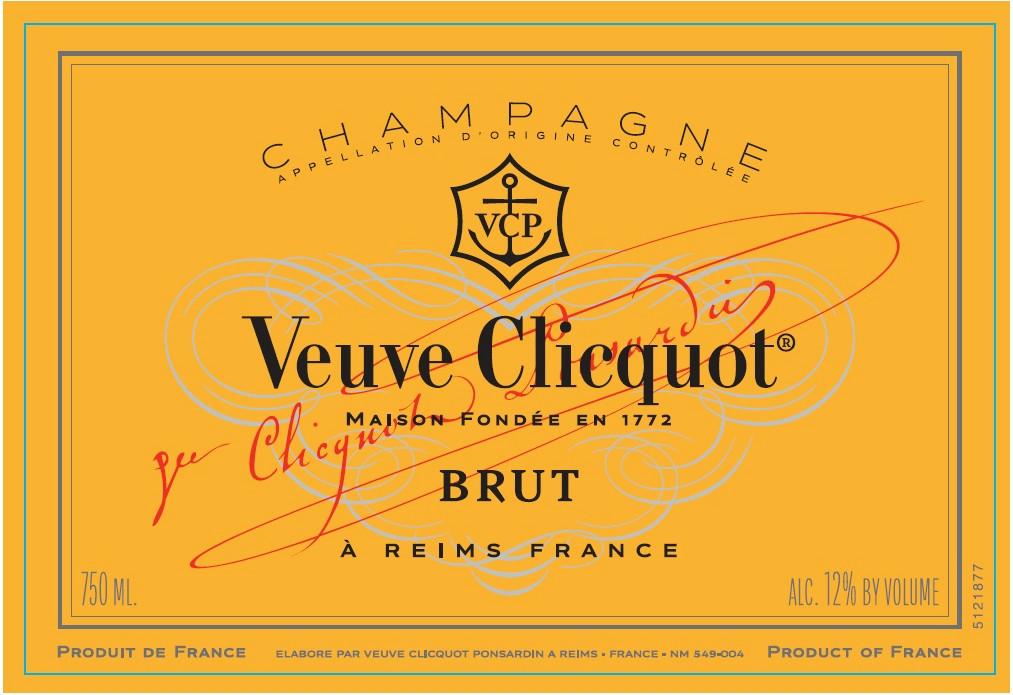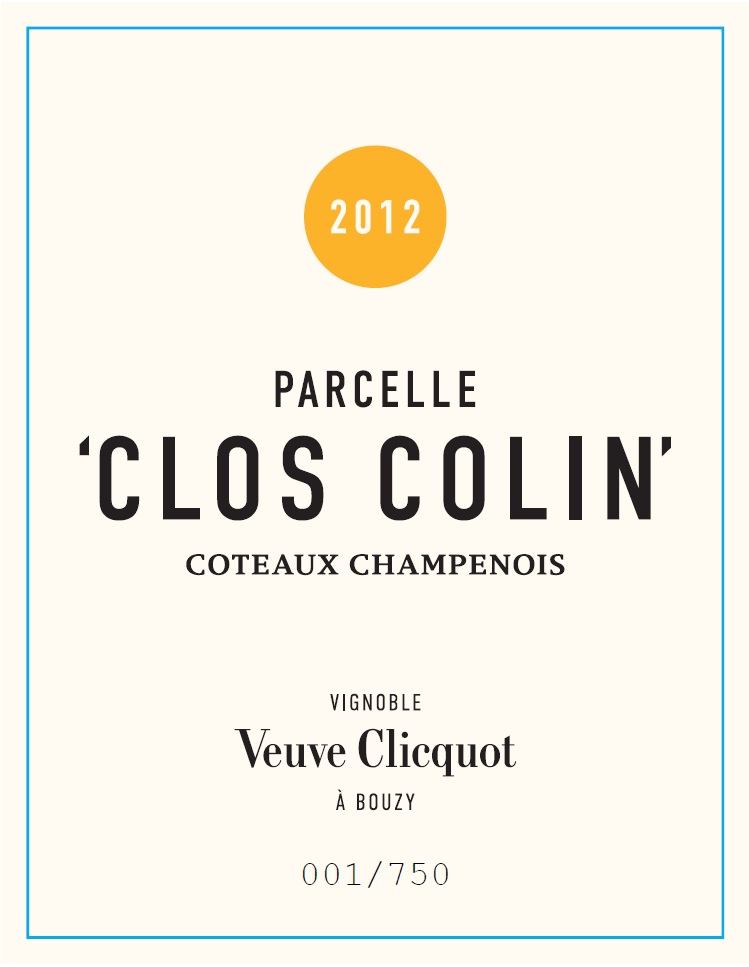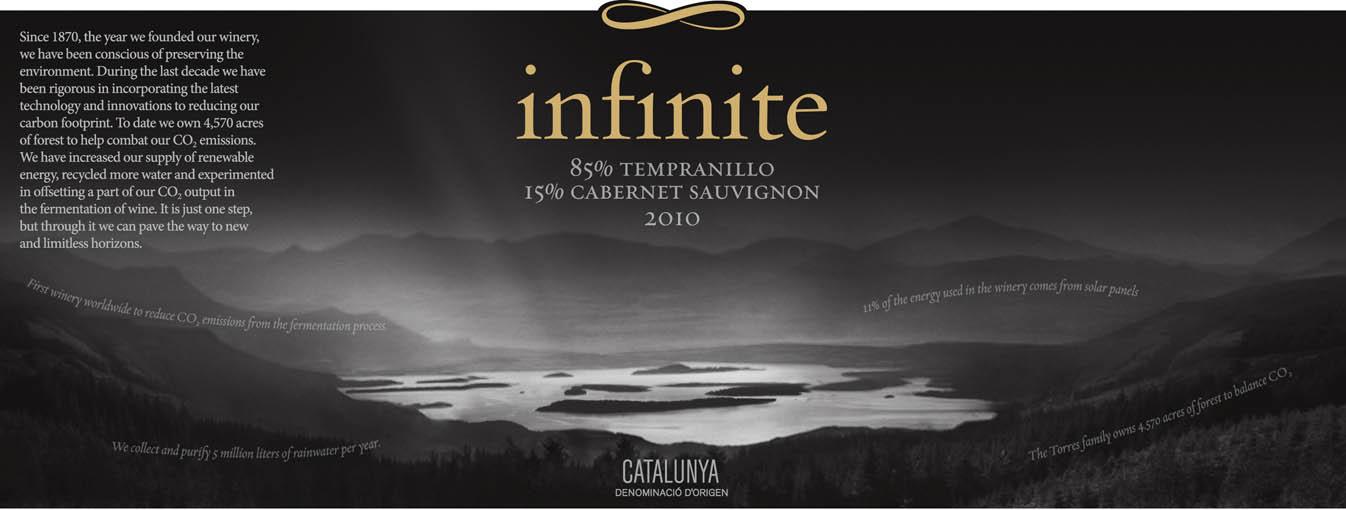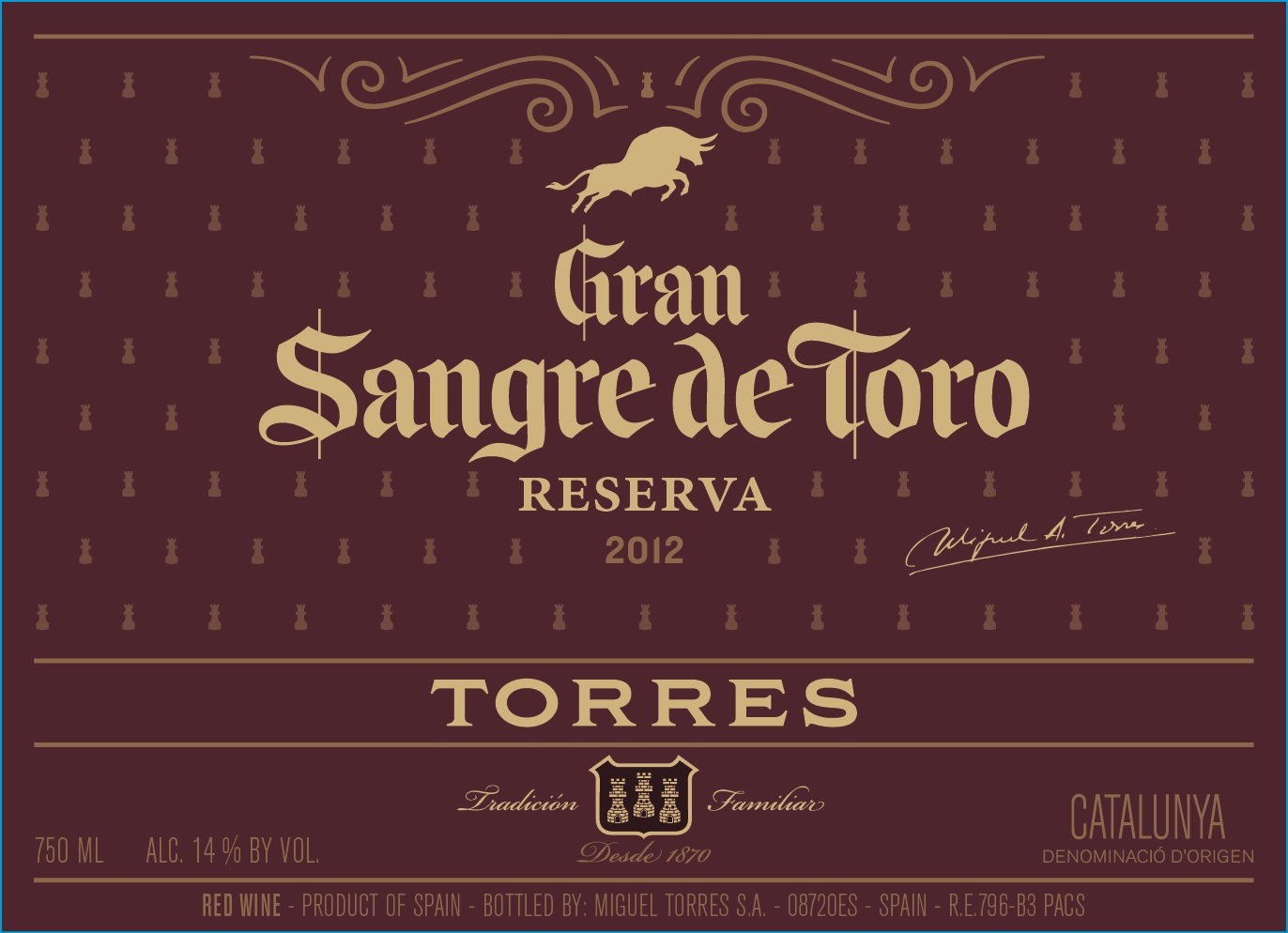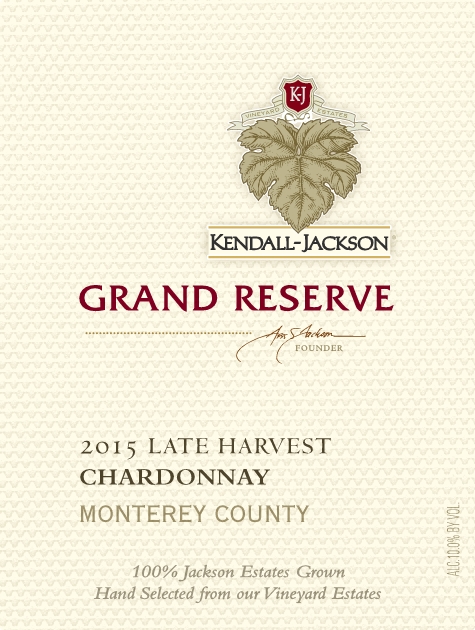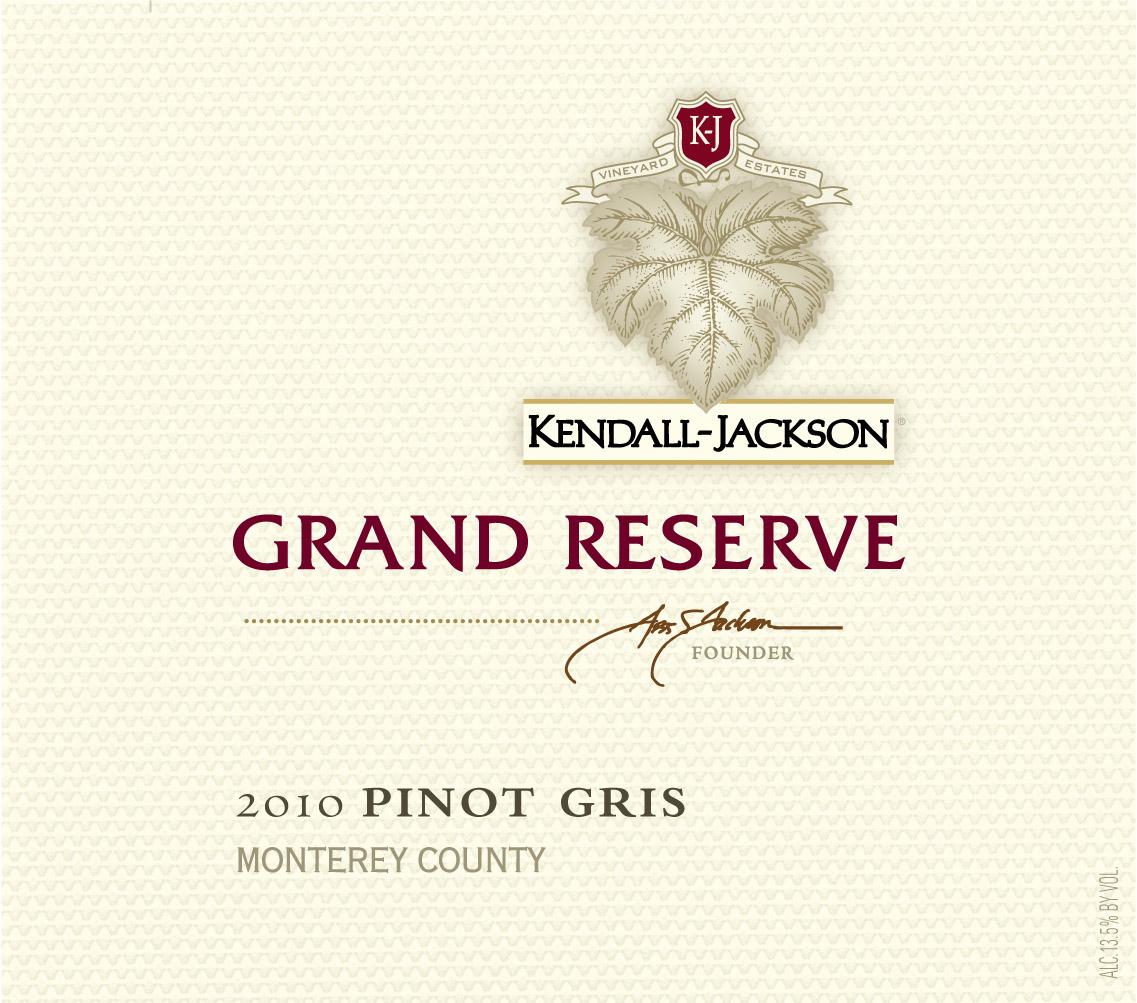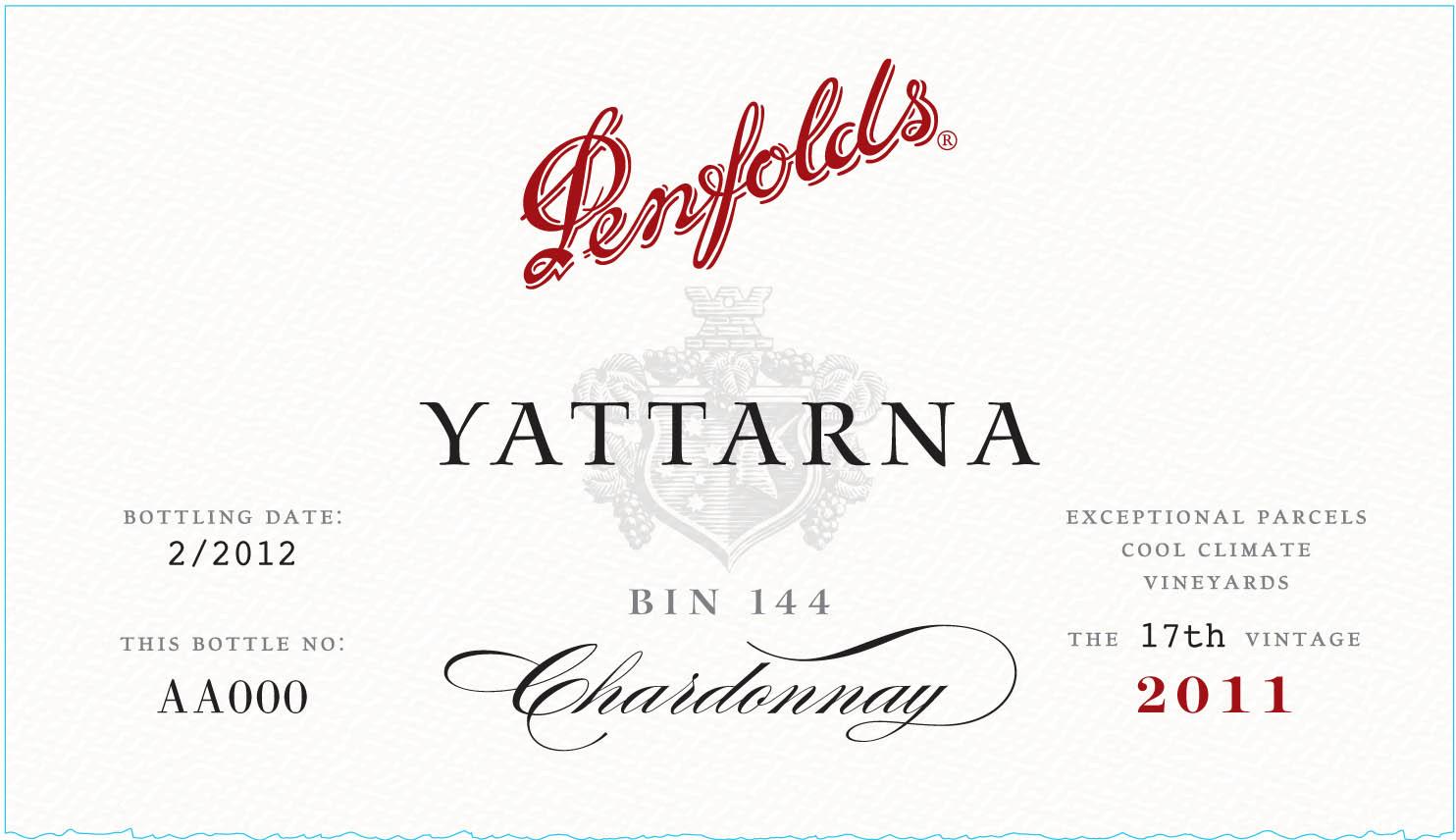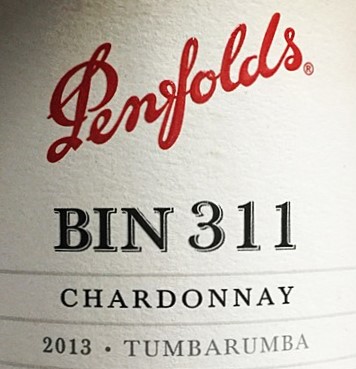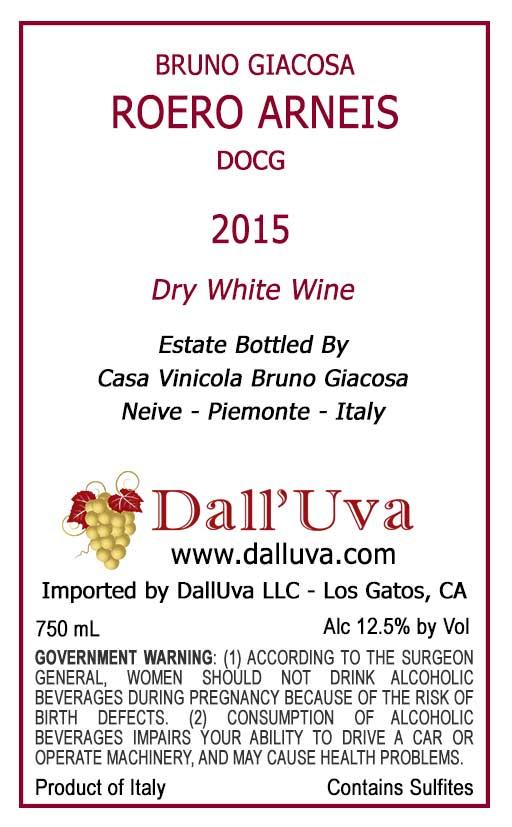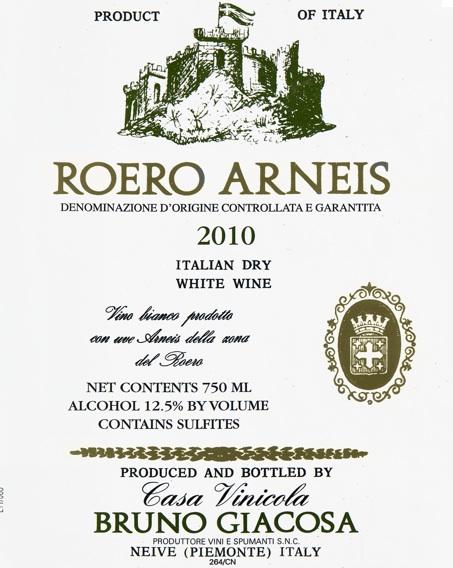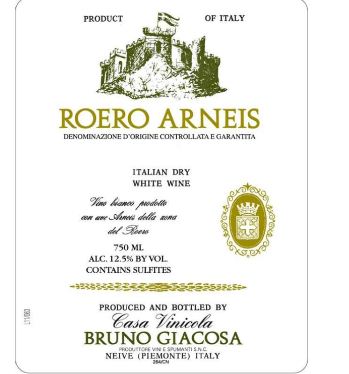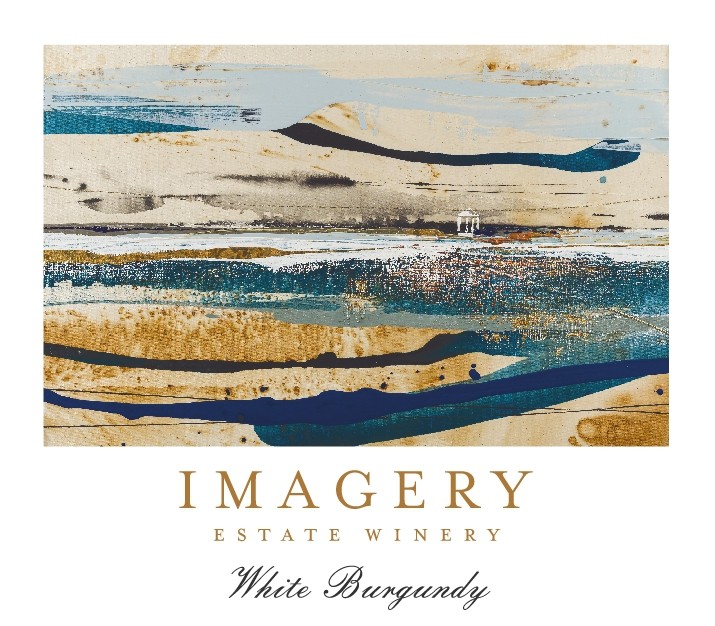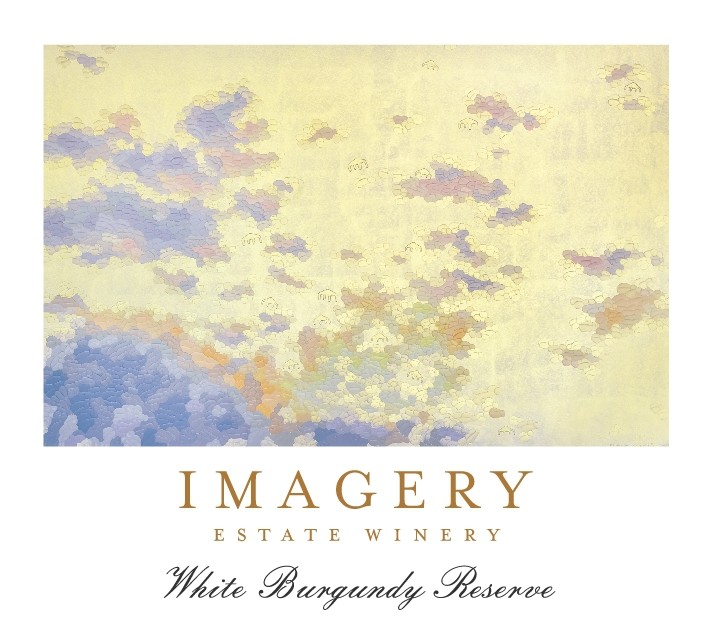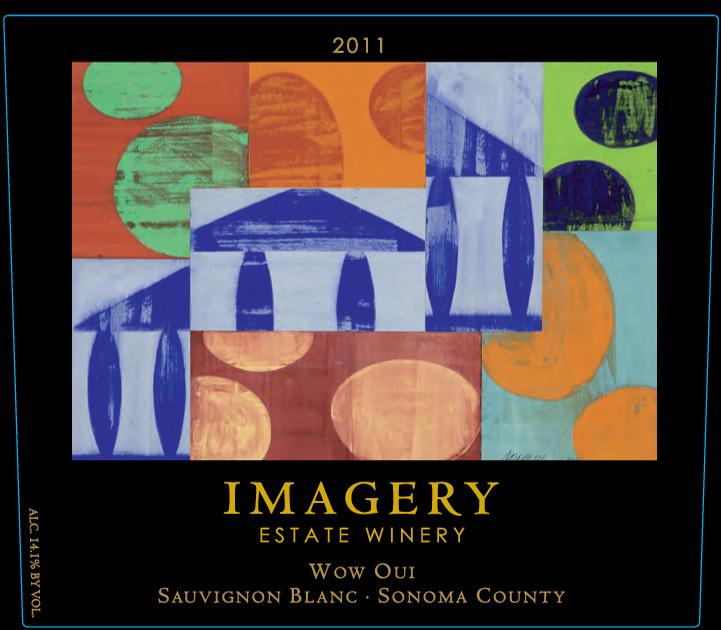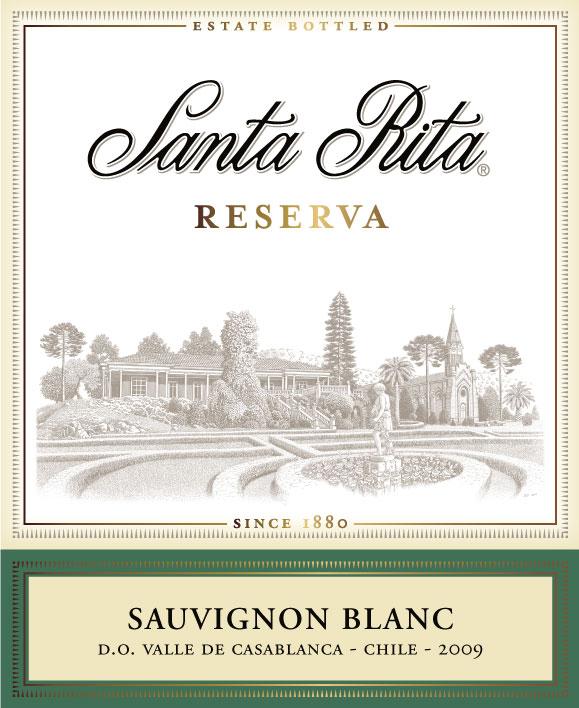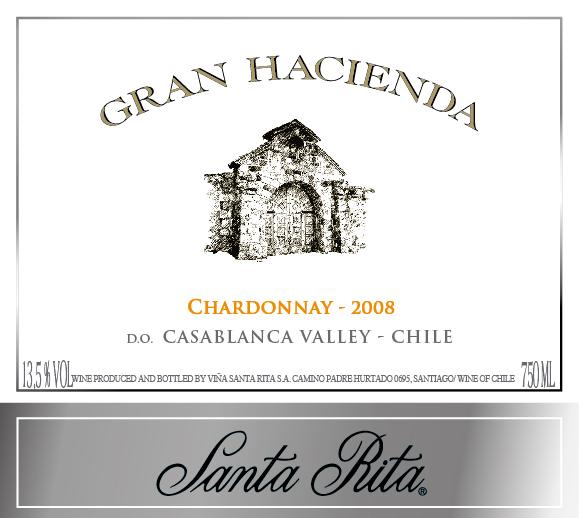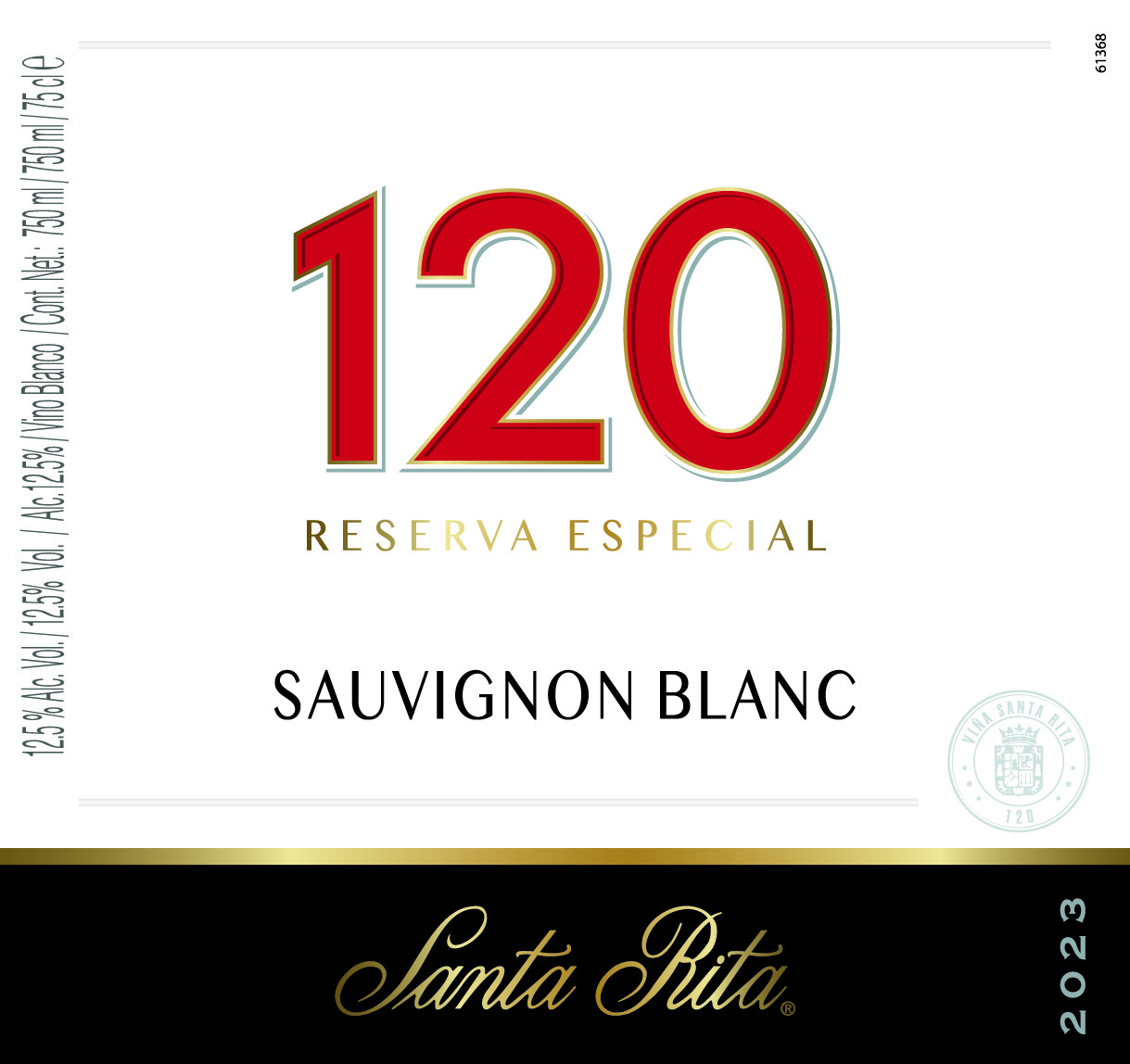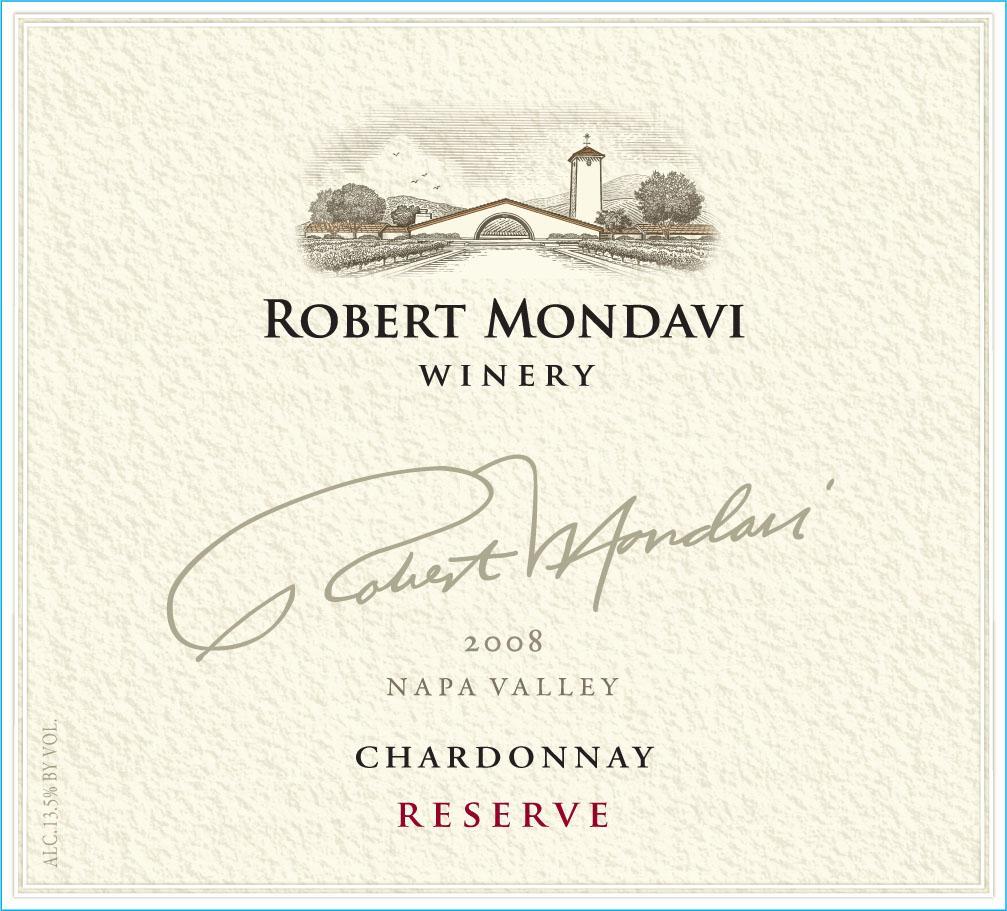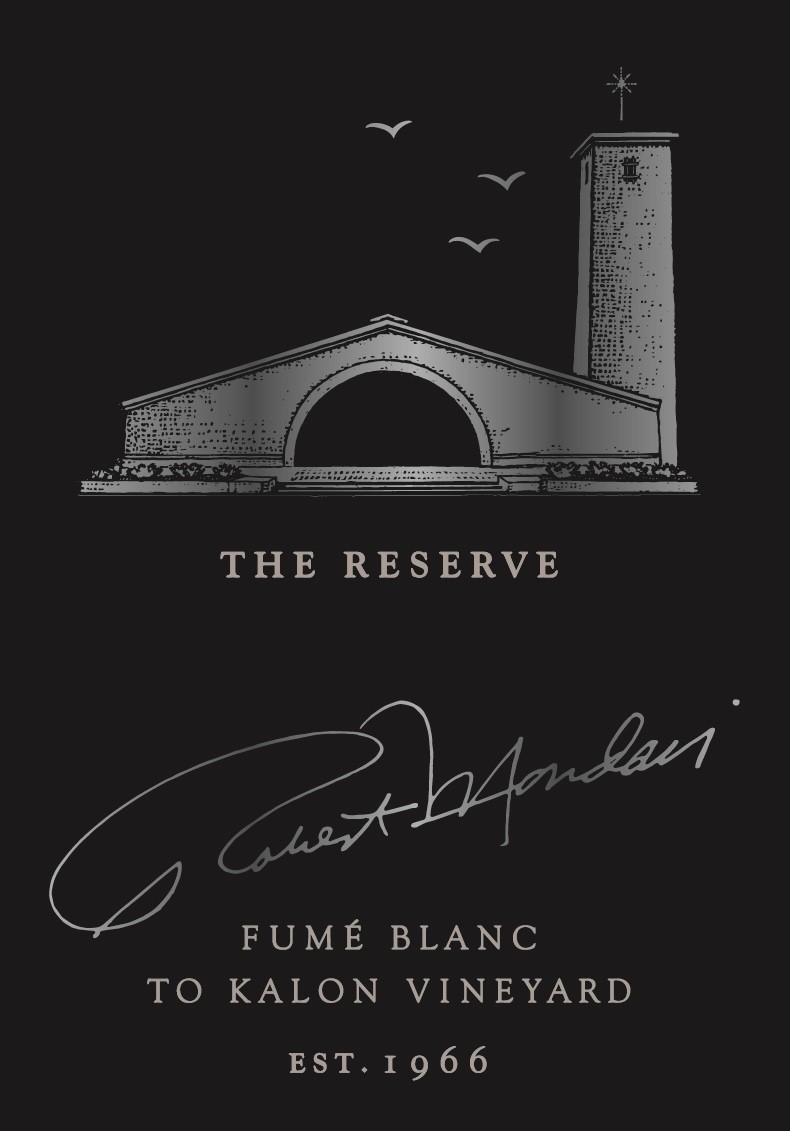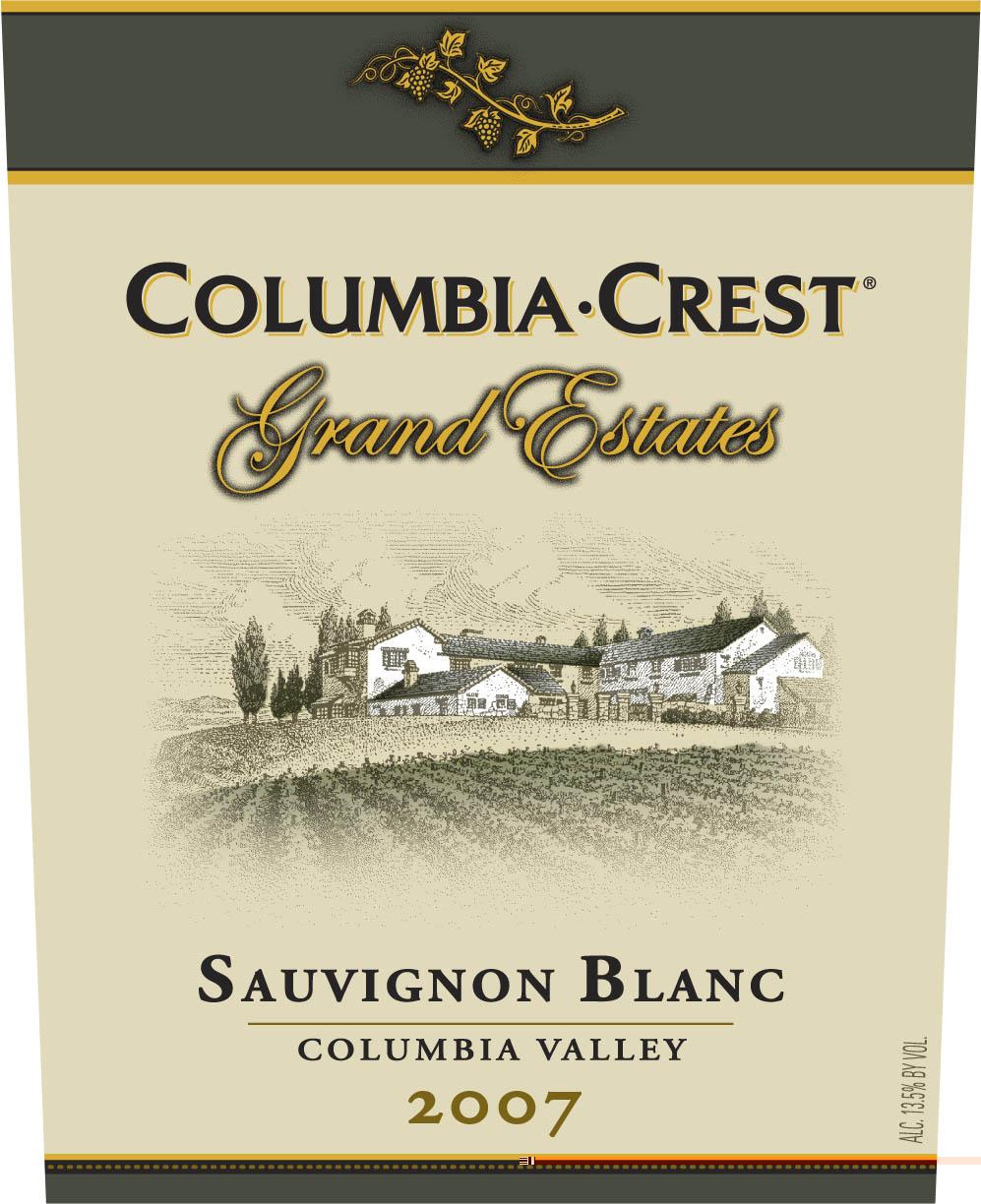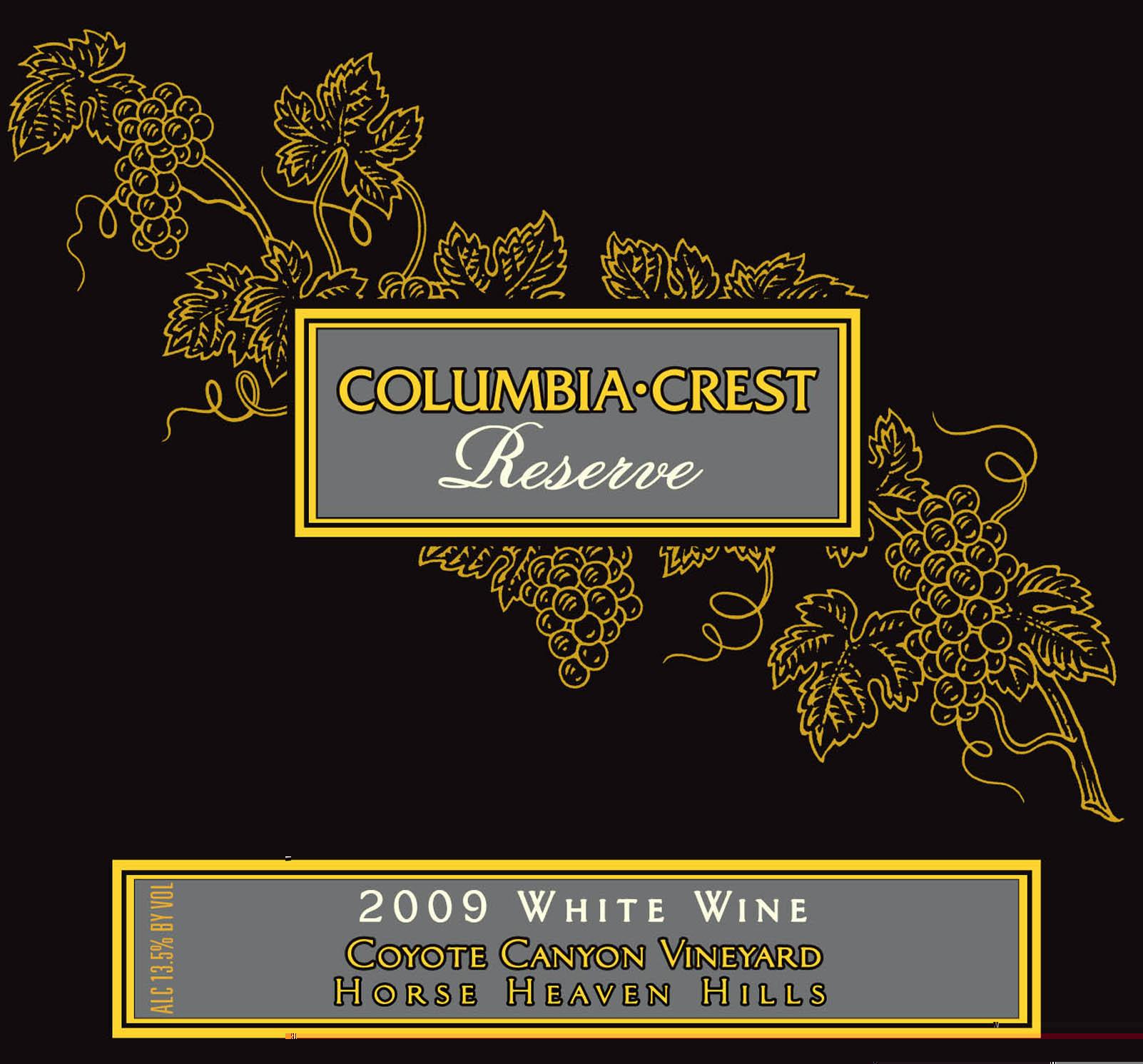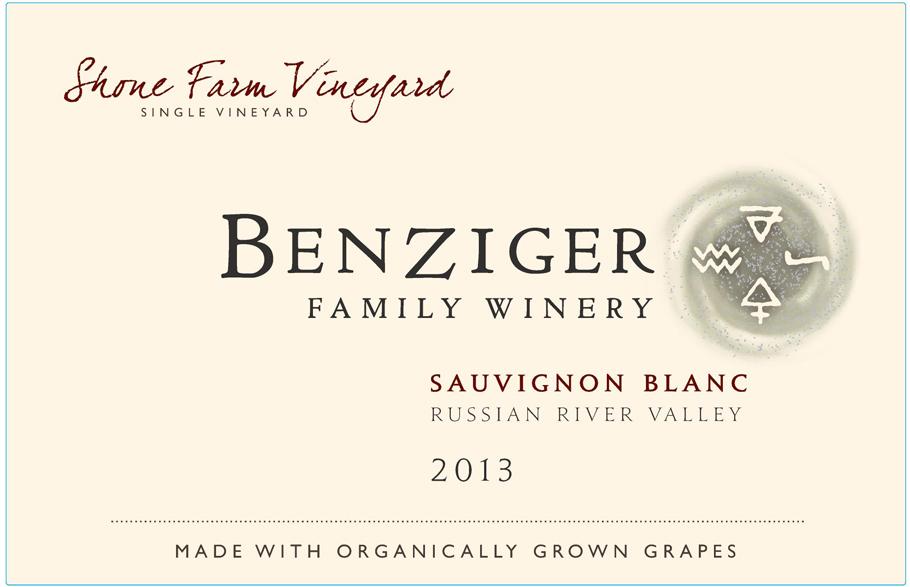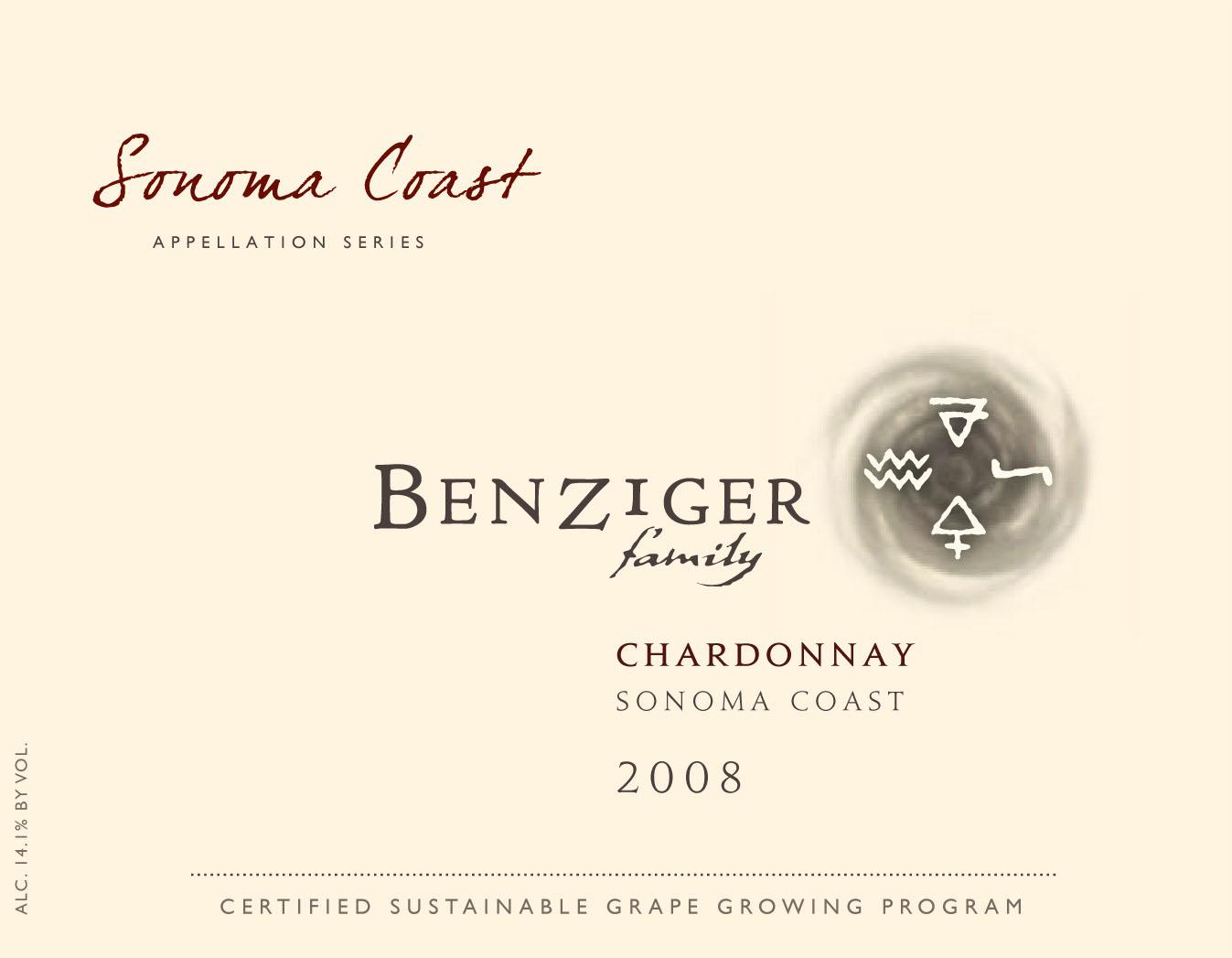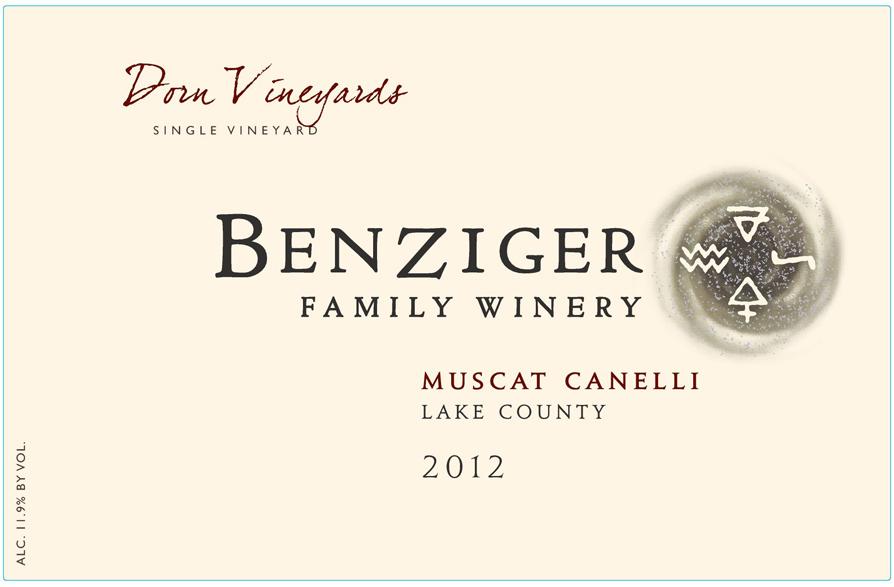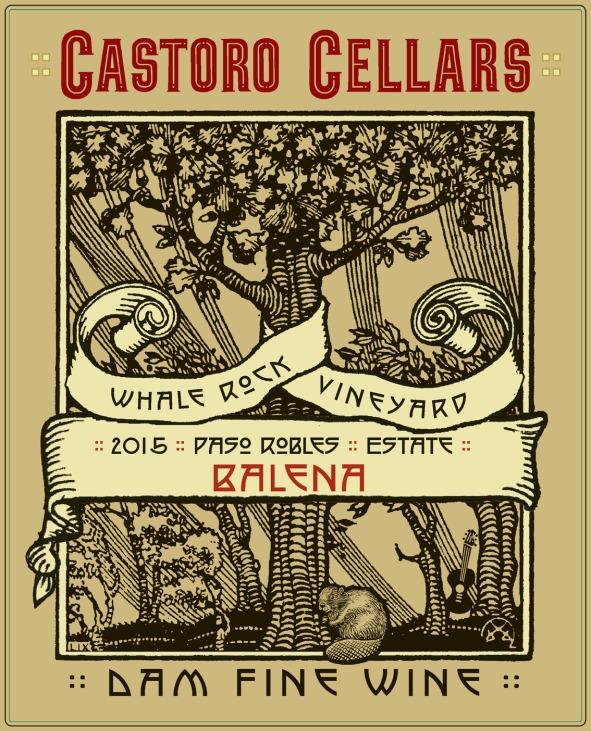Terroir of Hawke’s Bay
Hawke’s Bay enjoys a mild, semi-maritime climate, perfect for winegrowing. With about 2,250 sunshine hours yearly, it's one of New Zealand's warmest regions. Summers are warm, tempered by Pacific breezes, while long, dry autumns help red grapes ripen fully.
Protected by mountains, the area experiences moderate rainfall and low humidity, though spring rains may occur. The region's diverse terroir, crafted by four rivers, offers over 25 soil types. Notably, the Gimblett Gravels feature heat-retaining stones ideal for Bordeaux reds and Syrah.
Nearby, the Bridge Pa Triangle's iron-rich soils produce smooth reds and lush whites. Coastal areas like Esk Valley and Te Awanga benefit from marine breezes, producing elegant reds and mineral-tinged whites. Higher elevations around Havelock North and Central Hawke’s Bay enjoy cooler climates, supporting aromatic whites and Pinot Noir. This variety allows the region to produce a wide range of high-quality wines.
Notable Wineries in Hawke’s Bay
Hawke’s Bay, a cornerstone of New Zealand’s wine heritage, is renowned for its exceptional wineries blending tradition and modernity. Key players include:
-
Mission Estate: The country's oldest winery, known for its elegant reserve wines and picturesque setting.
-
Te Mata Estate: Famous for its Coleraine Bordeaux-style blend, delivering over a century of winemaking excellence.
-
Craggy Range: A modern marvel near Te Mata Peak, celebrated for its single-vineyard wines and stunning views.
-
Trinity Hill: A pioneer in Gimblett Gravels, known for its world-class Syrah and Bordeaux-style reds.
-
Elephant Hill: Noted for sustainable practices and elegant wines, offering a coastal wine experience.
These wineries, among others, contribute to Hawke’s Bay’s dynamic wine scene, offering visitors a blend of historic charm and innovative flavors.
Sustainable Winemaking in Hawke’s Bay
Hawke’s Bay, New Zealand's oldest wine region, is a leader in sustainable winegrowing, with almost all its vineyards certified by Sustainable Winegrowing New Zealand (SWNZ). This commitment ensures eco-friendly practices are at the forefront, focusing on soil health, water management, and biodiversity. Many growers go beyond SWNZ standards, embracing organic and biodynamic techniques that enrich the land and enhance wine quality.
Water conservation and waste reduction are priorities, with efficient irrigation and the recycling of grape pomace being common practices. The region’s winemakers also invest in clean energy and carbon reduction efforts, demonstrating their dedication to environmental care. These sustainable methods not only preserve the landscape for future generations but also contribute to the rich, diverse flavors that define Hawke’s Bay wines.
Wine Tourism in Hawke’s Bay
Hawke’s Bay is a vibrant hub for wine tourism, offering diverse experiences that showcase its rich wine heritage. Visitors can explore over 30 wineries, from historic estates to cozy family-run farms. The region's mild climate and varied terrain make it ideal for cycling tours, with trails connecting cellar doors.
Events like the F.A.W.C! – Food and Wine Classic and the Napier Art Deco Festival blend wine with local culture, enhancing the visitor experience. Additionally, sustainable practices are a key focus, with many vineyards certified by Sustainable Winegrowing New Zealand. This commitment to the environment ensures that Hawke’s Bay wines are not only delicious but also eco-friendly. Whether cycling through vineyards or enjoying a tasting with stunning Pacific views, Hawke's Bay offers a memorable exploration of New Zealand’s diverse wine landscape.




